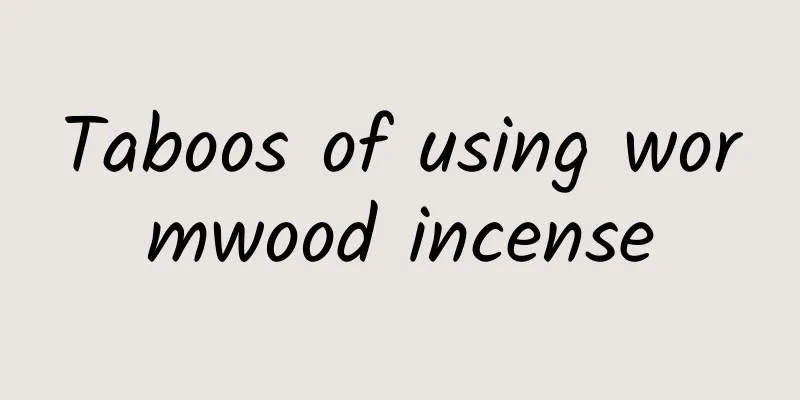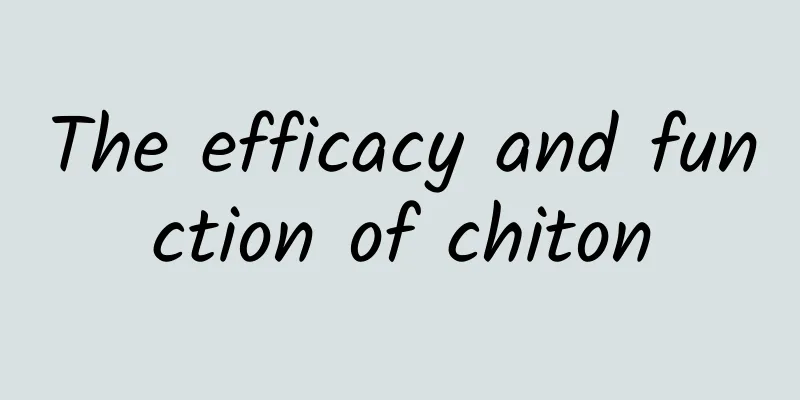What diseases can morning glory cure?

|
Because today's life routine is getting faster and faster, many people will play with their mobile phones and stay up late at night, which will cause lack of sleep. They will not eat breakfast in the morning and rush to work. Not eating breakfast every day is a particularly bad habit, which can easily cause cholecystitis. Patients with cholecystitis often feel pain. You said that patients are generally given Yinchencao to relieve pain, so what diseases can Yinchencao cure? Yinxingcao is an annual herb, erect, about 30-60 cm tall, sometimes up to 80 cm, turns black when dry, and is densely covered with rusty short hairs. The main root is underdeveloped or slightly elongated, woody, about 2 mm in diameter, and some are thickened to 4 mm in diameter. They quickly divide into numerous lateral roots of varying thicknesses and disappear. The lateral roots are 3-7 cm long, cone-shaped, often spreading horizontally, with numerous scattered fibrous roots. Today I want to introduce to you the medicinal value of this seemingly ordinary grass. Yinxingcao is an annual herb of the genus Yinxingcao in the family Scrophulariaceae. It is 30-80 cm tall, with opposite leaves, bipinnately divided, and narrow linear lobes. The flowers are opposite each other at the upper part of the stems and branches, forming sparse racemes. The corolla is bilabiate, with the upper lip slightly purple and the lower lip yellow. The flowers are opposite each other at the upper part of the stems and branches, forming sparse racemes. The whole plant can be used for medicinal purposes, and its Chinese name is also "Yinxingcao". It is harvested from the beginning of autumn to the white dew, and impurities are removed, cut into sections, and dried or used fresh. It has the effects of clearing away heat and dampness, cooling blood and stopping bleeding, removing blood stasis and relieving pain. Yinxingcao is the whole herb of Yinxingcao, a plant of the genus Yinxingcao of the family Scrophulariaceae. Yinxingcao tastes bitter and is cold in nature. It can clear away heat and dampness, cool blood and stop bleeding, and remove blood stasis and relieve pain. It is mainly used to treat icteric hepatitis, cholecystitis, favism, urinary tract stones, dysuria, hematuria, bloody stool, and abdominal pain caused by postpartum blood stasis; it can be used externally to treat traumatic bleeding, burns and scalds. The decoction of Yinxingcao was gavaged into mice at 10g/kg and 5g/kg, and liver damage was induced by carbon tetrachloride. The two doses of Yinxingcao could reduce serum ALT by about , which was significantly different from the control group. Oral administration of Yinxingcao decoction (6g/kg) or total alkali (350mg/kg) and total flavonoids (2g/kg) extracted from Yinxingcao can significantly reduce the high serum ALT in rats caused by gossypol acetate, but has no obvious effect on carbon tetrachloride-induced liver damage. Oral administration of concentrated decoction of Yinxingcao has a significant choleretic effect on anesthetized dogs and rats. Through experiments, the decoction of Yinxingcao was administered to mice by gavage at 10g/kg. The results showed that it had a significant effect in lowering the serum cholesterol of normal mice. Therefore, it can be shown that Yinxingcao has the effect of lowering serum cholesterol. Yinxingcao also has antibacterial effects. The water decoction of Yinxingcao has different degrees of antibacterial effects on Staphylococcus aureus, anthrax bacteria, Streptococcus B, diphtheria bacteria, typhoid bacteria, Pseudomonas aeruginosa and Shigella dysenteriae in test tubes. Conclusion: The use of Yinxingcao as a type of Artemisia capillaris began with the "Jinzhong Artemisia capillaris" in the Ming Dynasty's "Southern Yunnan Materia Medica", and its use as Liu Jinu has been documented in the late Ming Dynasty's "Bencao Yuanshi". There are records of the medicinal value of Yinxingcao in the Ming Dynasty in my country, proving that as early as the Ming Dynasty or even earlier, the Chinese people were using Yinxingcao to treat diseases. That’s all I have to say about the reduction of Yinxingcao today. I hope it will be helpful to you. |
<<: Treating Kidney Deficiency with Compendium of Materia Medica
>>: What disease does rootless grass treat
Recommend
What are the effects of plow grass
In our daily life, we mainly use the medicinal ma...
Chronic gastritis: a hidden cause of gastric cancer? How to effectively manage and treat it?
Chronic gastritis is a common digestive system di...
What are the contraindications of taking kidney yang-tonifying Chinese medicine?
Due to the improvement of living standards and th...
Don't miss it! Mercury's last "gorgeous appearance" in 2024 is tomorrow →
Author: Huang Xianghong Duan Yuechu In the vast u...
What is the medicinal value of Phytolacca?
For most people, Phytolacca is just a common wild...
What are the medicinal values of Platycladus orientalis leaves?
Platycladus orientalis leaves are a blood-cooling...
How to secretly take photos of me at work? This year's "Funny Wildlife Photo Award" is full of emojis!
It's Wednesday, does anyone want to go to wor...
To reduce natural disasters, how can meteorological technology “outrun” natural disasters?
On October 8 this year, the Ministry of Emergency...
What are the effects of lantern grass
Speaking of lantern grass, many people may not kn...
The efficacy and function of fragrant begonia
With the development of society and the close int...
Do you feel anxious if you don't play mahjong for a day? Test your addiction level and stop when it's time
Whether it is young cubs Or middle-aged and elder...
How to choose Astragalus?
As a common Chinese tonic food in our daily life,...
Dragon Travel Interactive: China Customized Travel Industry Report
In recent years, the development of customized tr...









